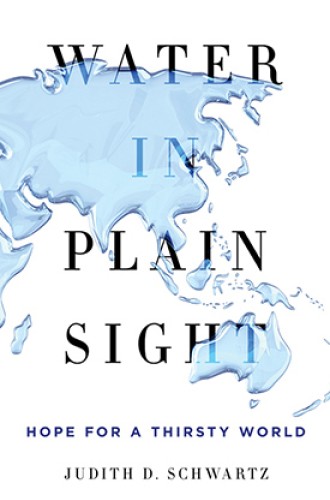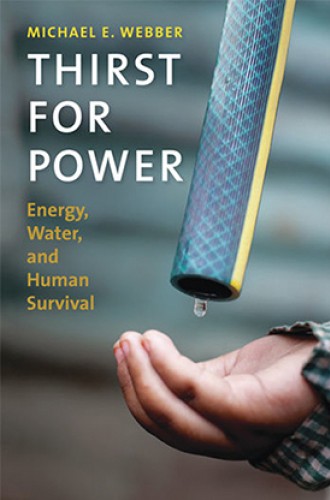Holiness in every drop
Judith Schwartz and Michael E. Webber each call attention to the challenges facing the water over which the Spirit broods.
The rain that falls on the north side of our sanctuary rolls down the roof and over the asphalt of the parking lot, making its way to the cypress-filled waters of Fourche Creek. The water that falls on the south side arcs around the church and moves through hill-flanked valleys into the Maumelle River. The Maumelle River is dammed just upstream from the church to form the reservoir that serves the city of Little Rock. It’s this water that pours from the tap and fills our baptismal font each week, running down the foreheads of parishioners as they cross themselves. Both streams flow into the Arkansas River, which flows into the Mississippi River, joining the oceans—the waters of the world.
Many contemporary North Americans give little thought to water. It’s generally there when we need it, and it is usually clean. It’s considered a great sacrifice to let the lawns wither during a drought when rationing is enforced. Most of us never doubt that we’ll have good water to drink, even if the crisis in Flint gave us pause. This is why the work of Judith Schwartz and Michael Webber is so important. Both authors draw our attention to the complex challenges the world’s waters face.
Schwartz evades the script of many “crisis” books and begins instead with a hopeful visit to Zimbabwe’s Dimbangombe Ranch. Managed by the Savory Foundation, this preserve demonstrates how restoring the ecology of a place can restore its water too. Alan Savory is a renegade ecologist whose TED talk on why brittle environments need more cattle rather than less has reached over 3.5 million views. He’s a pioneer of “holistic resource management,” a framework that invites land managers to think of whole systems rather than simply the problem at hand.






